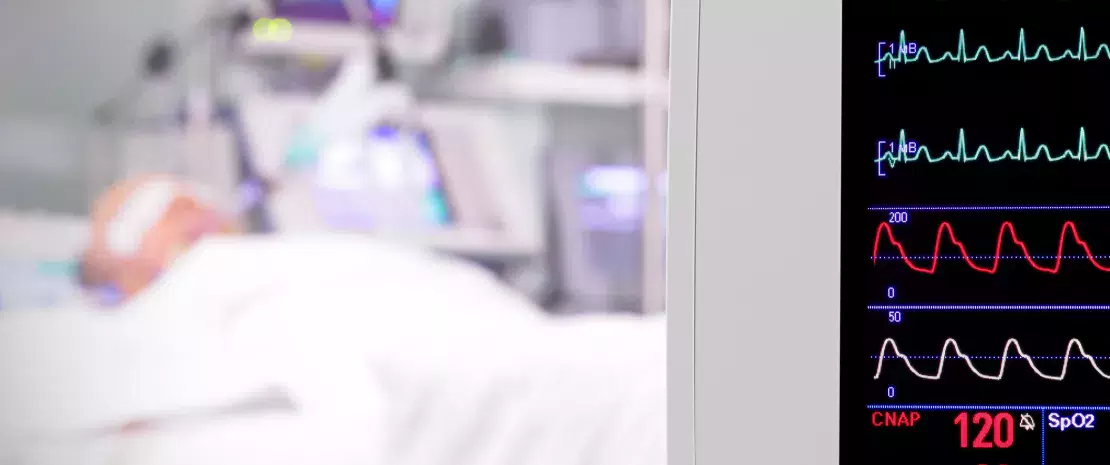Gut dysbiosis in ICU patients: a risk factor for antibiotic resistance
Some antibiotics used in intensive care could generate a gut dysbiosis that promotes the growth of carbapenem-resistant Pseudomonas aeruginosa, the most common cause of antibiotic resistance.
Sources
This article is based on scientific information

About this article
ICU patients are particularly exposed to the risk of gut dysbiosis, which may promote infections by opportunistic bacteria or external pathogens. This could favor the onset of antibiotic resistance in patients often subject to heavy antibiotic therapy. This is particularly true for Pseudomonas aeruginosa, for which it is critical to develop new antibiotics according to the WHO.
Particularly resistant bacteria
P. aeruginosa shows an alarming resistance to carbapenems (estimated at 25% in France and 28% in the US). A North American team focused on the link between gut dysbiosis, antibiotic therapy and colonization by carbapenem-resistant P. aeruginosa (CRPA) in 109 patients admitted in ICU and divided into three groups: a control group who did not receive any antibiotic and did not develop CRPA, and two antibiotic-treated groups (one where patients developed CRPA and one where they did not). Antibiotics used were vancomycin, the standard molecule to fight (sidenote: MRSA Methicillin-resistant Staphylococcus aureus ) , and a combination of piperacillin and tazobactam with anti-anaerobic and anti-pseudomonal activity.
Cornerstone of the modern therapeutic arsenal, antibiotics saved millions of lives. On the other hand, their excessive and sometimes inappropriate use can lead to the emergence of multiple forms of resistance in microorganisms. Each year, the World Health Organization (WHO) organizes the World AMR Awareness Week (WAAW) to increase awareness of this public health issue. Read the dedicated page:
Microbiota at the forefront of antibiotic resistance
A path open to pathogens
The combination of piperacillin and tazobactam proved to be detrimental to beneficial bacteria, such as Lactobacillus and Faecalibacterium, used in some probiotics, and Blautia, which could help prevent Clostridium difficile infections. Simultaneously, the treatment favored the growth of opportunistic pathogens such as Enterococcus. Vancomycin was associated to a decrease in Bifidobacterium. Overall, the risk of CRPA emergence was nearly three times higher in patients who had received one of these treatments, compared to those who had not be treated with antibiotics.
What is the World AMR Awareness Week?
Each year, since 2015, the WHO organizes the World AMR Awareness Week (WAAW), which aims to increase awareness of global antimicrobial resistance.
Held on 18-24 November, this campaign encourages the general public, healthcare professionals and decision-makers to use antimicrobials carefully, to prevent the further emergence of antimicrobial resistance.
Profiling at-risk patients
The researchers also identified some bacteria with a protective role against CRPA: Peptoniphilus, Prevotella and bacteria from the Clostridiales order. They could be used as biomarkers in intensive care patients to adapt antibiotic therapy when the presence of CRPA has been confirmed or when there are signs of infection. However, the authors indicated that some of these protective bacteria like Finegoldia, Anaerococcus and Peptoniphilus have previously been associated to chronic infections and wounds. Prior to any clinical application, research must be continued and include other microbiotas (skin and respiratory) as well as other potential colonization sites.
Meet Professor Sørensen, 2022 Biocodex Microbiota Foundation International Grant Winner.
His team pioneered an ambitious study on the resistome of 700 children that will facilitate a breakthrough in the understanding of the evolution and dissemination of antimicrobial resistance in the early life human gut.












